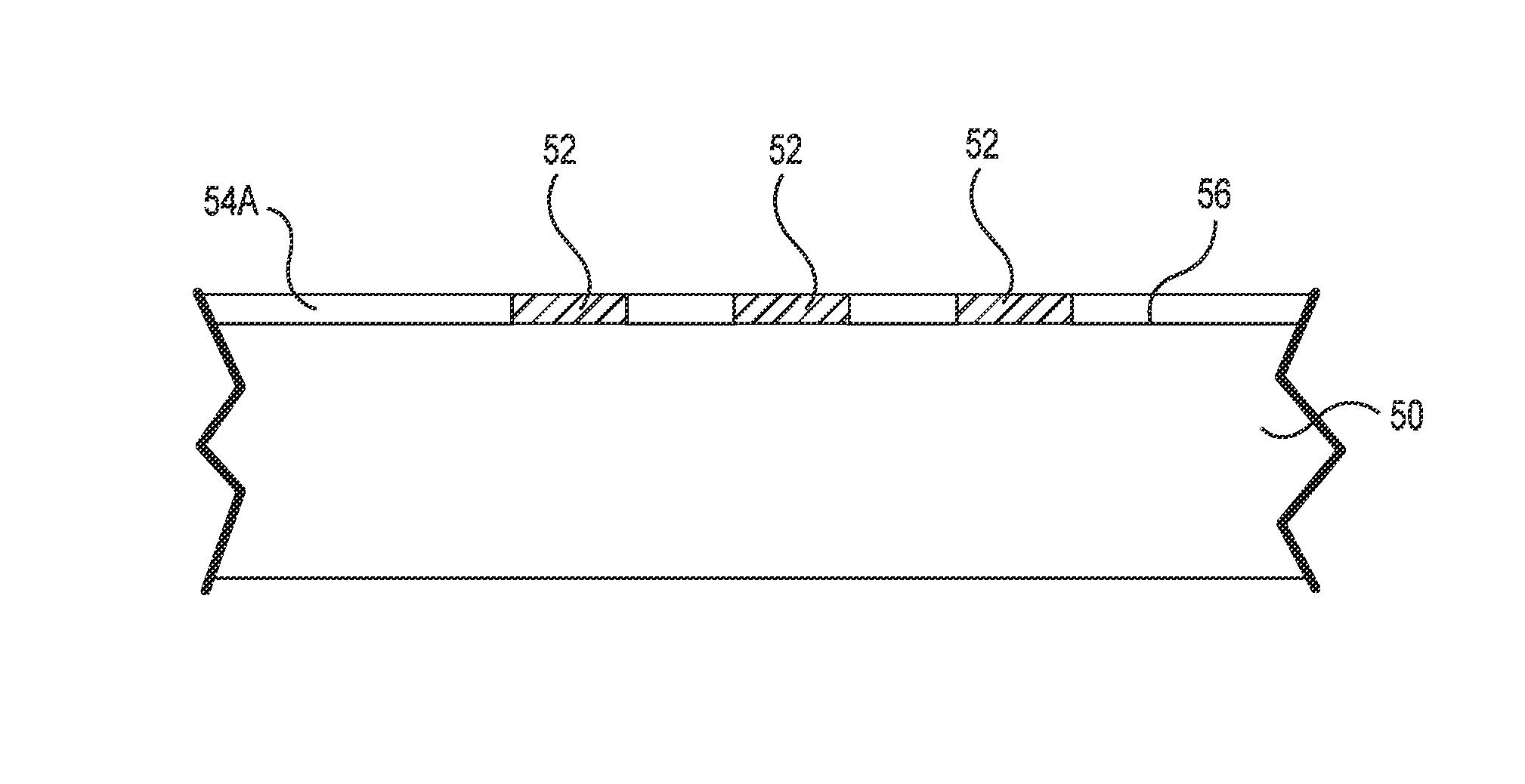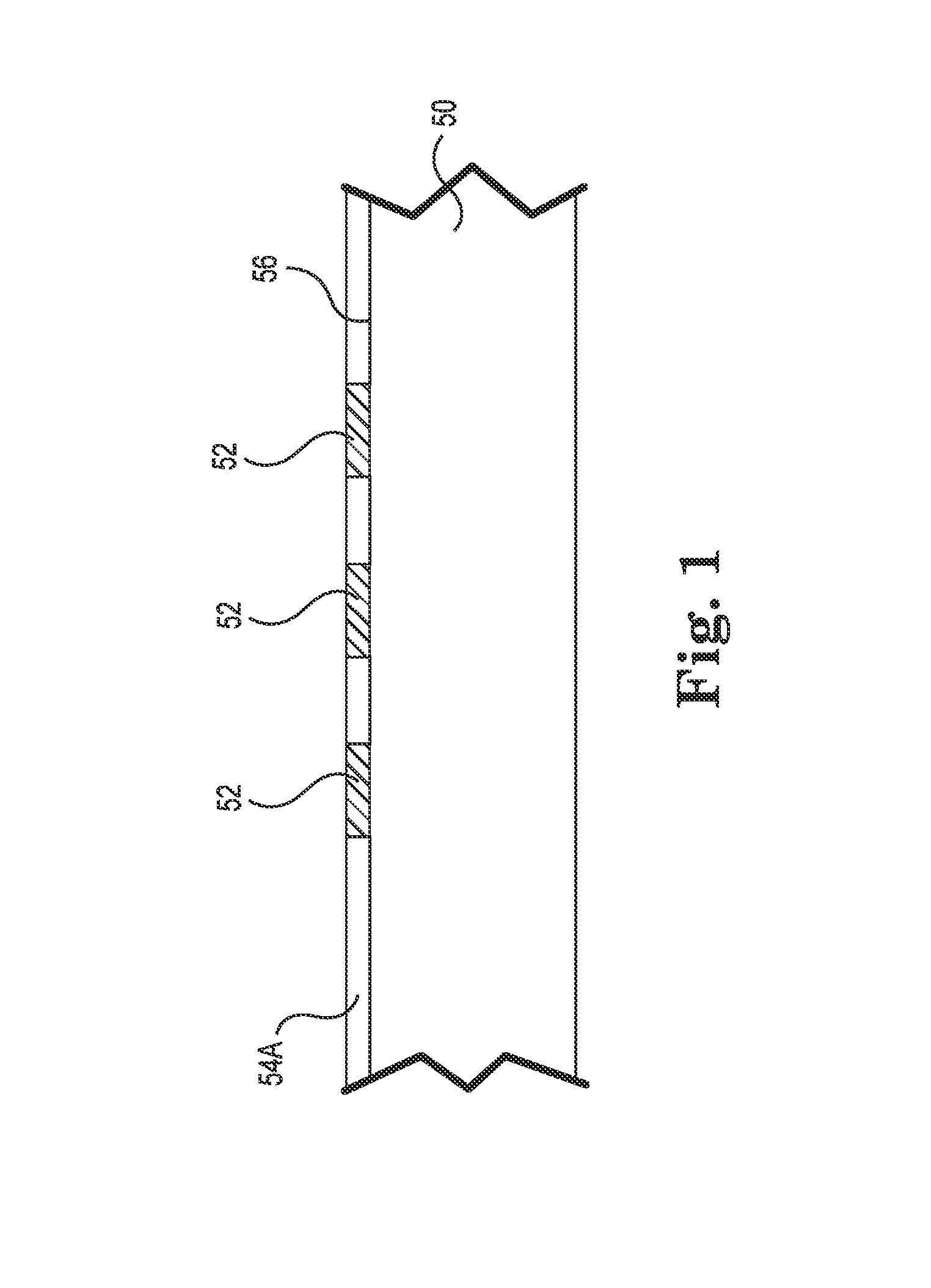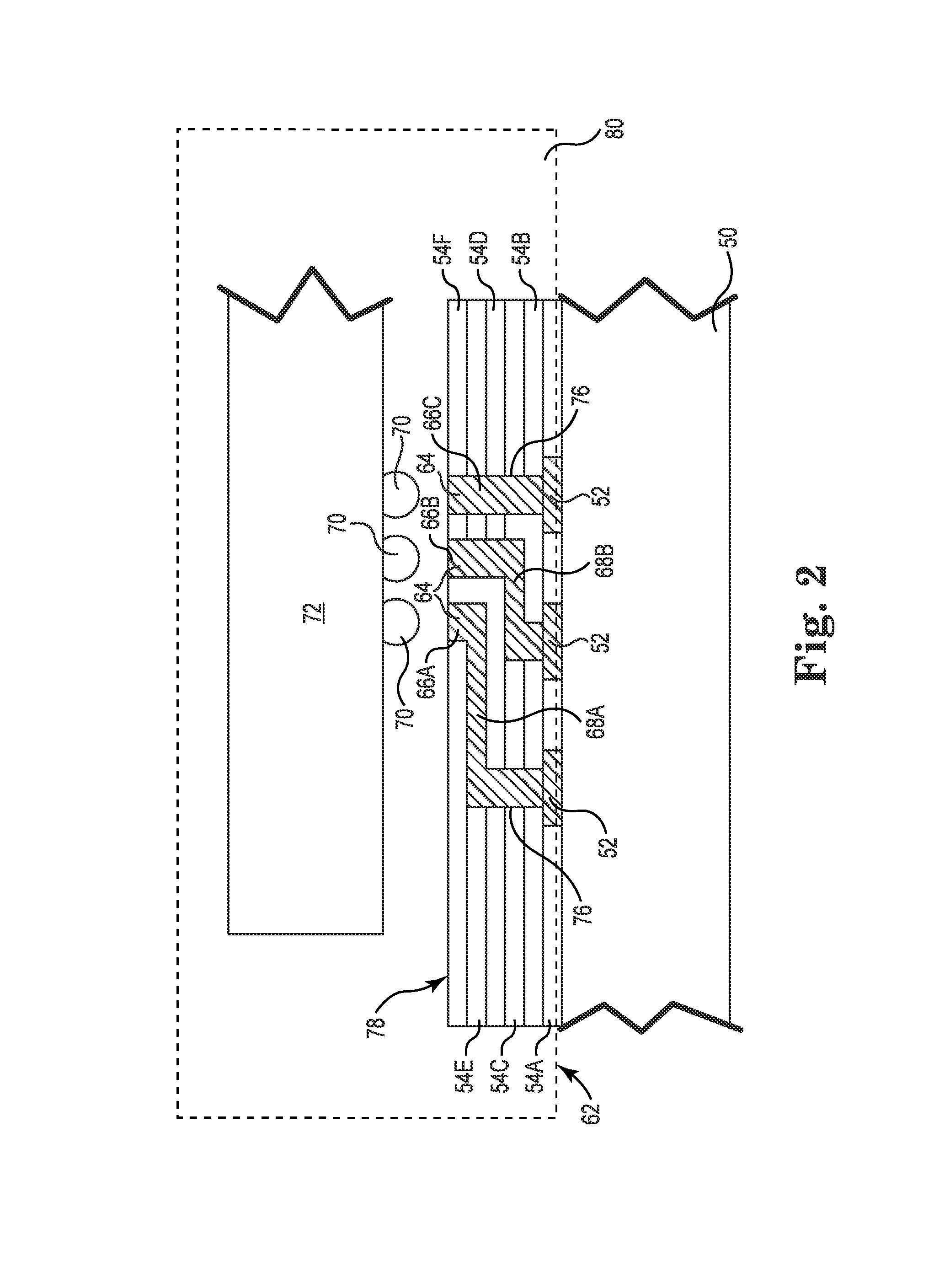Compliant printed circuit area array semiconductor device package
a semiconductor device and printed circuit technology, applied in semiconductor devices, semiconductor/solid-state device details, electrical apparatus, etc., can solve the problems of difficult repair, inability to connect ic devices to final pcbs, and small size and distance between die terminals, and achieve excellent electrical performance and low cos
- Summary
- Abstract
- Description
- Claims
- Application Information
AI Technical Summary
Benefits of technology
Problems solved by technology
Method used
Image
Examples
Embodiment Construction
[0040]The present disclosure is directed to a compliant array IC package that is inexpensive to produce, has relative long life and provides excellent electrical performance. An IC package according to the present disclosure can be formed by an additive printing process to provide a high performance IC package capable of interconnecting a single device or multiple IC devices, while providing at or near terminal compliance to increase interconnect reliability. The unique nature of the additive printing process can allow direct writing of circuitry and dielectrics, while also allowing stress decoupling at the terminal joints as well as embedded function not seen in traditional IC packaging.
[0041]Printable silicon inks provide the ability to print electrical devices. Exemplary embodiments of printable silicone inks are disclosed, for example, in U.S. Pat. No. 7,485,345 (Renn et al.); U.S. Pat. No. 7,382,363 (Albert et al.); U.S. Pat. No. 7,148,128 (Jacobson); U.S. Pat. No. 6,967,640 (A...
PUM
 Login to View More
Login to View More Abstract
Description
Claims
Application Information
 Login to View More
Login to View More - R&D
- Intellectual Property
- Life Sciences
- Materials
- Tech Scout
- Unparalleled Data Quality
- Higher Quality Content
- 60% Fewer Hallucinations
Browse by: Latest US Patents, China's latest patents, Technical Efficacy Thesaurus, Application Domain, Technology Topic, Popular Technical Reports.
© 2025 PatSnap. All rights reserved.Legal|Privacy policy|Modern Slavery Act Transparency Statement|Sitemap|About US| Contact US: help@patsnap.com



